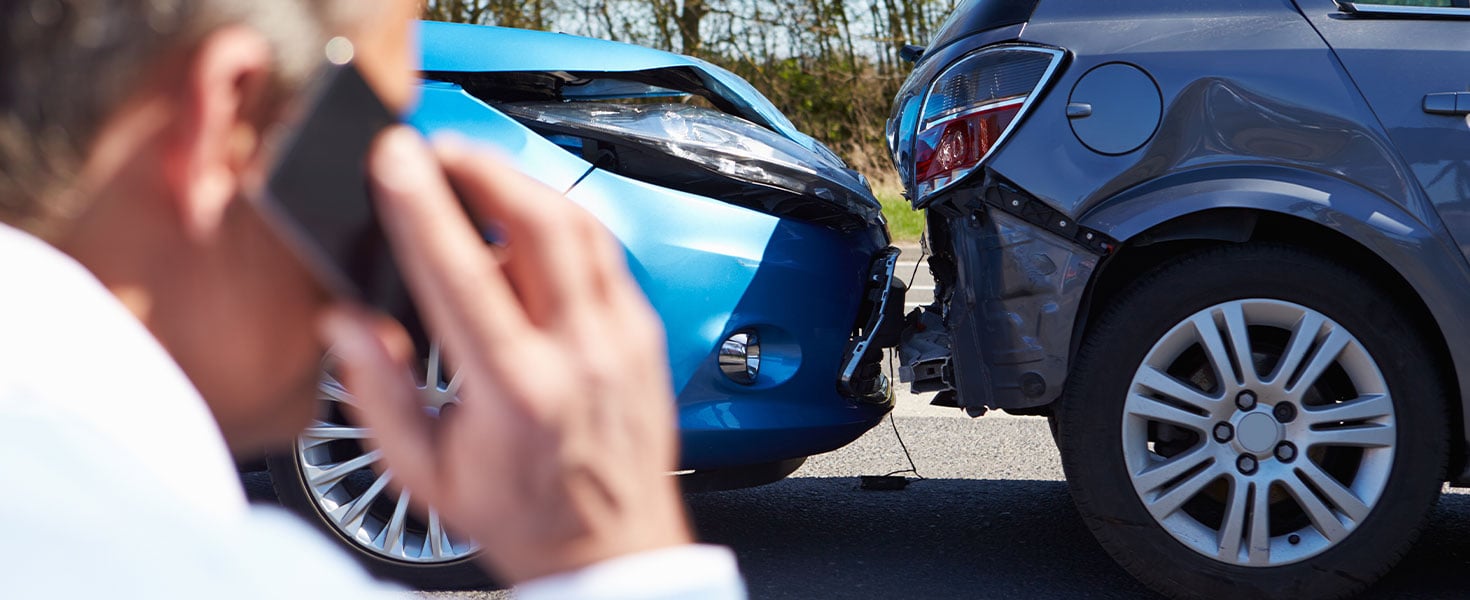
Every driver needs car insurance. In fact, to drive legally on public roads, it’s mandatory in almost every state (with New Hampshire being the exception). Car insurance helps provide financial protection for you, your family, your passengers, and your vehicle in the event of an accident or other covered event that causes damage to your vehicle. These coverages can cover the cost of vehicle repairs, replacement, and even medical bills depending on the type of coverage.
But with so many different types of coverage, it can be difficult to know what’s right for your needs and budget. Read on to learn about the different car insurance options, how to shop for and compare car insurance plans, and how to choose the best insurance coverages for you.

What are the main types of car insurance coverage?
There are six main types of car insurance.
Liability coverage: This type of coverage includes bodily injury liability, which helps pay for costs related to another person’s injuries if you cause an accident, and property damage liability, which can pay for damage you cause to another person’s property.
Comprehensive coverage: This kind of coverage can help cover the cost to repair damage to your vehicle caused by things like theft, fire, hail, or vandalism. This coverage has a deductible you must pay before your insurance coverage kicks in.
Collision coverage: If you’re involved in an accident with another vehicle or hit an object (like a fence or tree), this coverage may help pay for repairs or replacement of your vehicle. You’ll have a deductible with collision coverage.
Uninsured/underinsured motorist coverage: If you’re hit by a driver who doesn’t have insurance or their liability limits aren’t enough to cover your bills, this coverage can help pay for your medical bills or, in some cases, repairs to your vehicle.
Medical payments coverage: If you, a passenger, or a family member driving your vehicle is injured in an accident, this coverage may help pay for costs associated with those medical bills.
Personal injury protection (PIP): While only available in some states, PIP can help pay for medical expenses after an accident as well as other expenses incurred due to your injuries.

Why should you work with an insurance agent?
Comparing car insurance plans can quickly become overwhelming, especially because there are so many options and companies to choose from. That’s why it can be helpful to work with an insurance agent. Your agent can help you determine which coverages you need and compare plans that give you the right coverage at the best price. They can also answer any questions you may have as well as walk you through any changes or updates you may need in the future.
Why should you get a quote from multiple companies?
When shopping for car insurance plans and rates, gather quotes from multiple insurers, and make sure they are for the same coverages, deductibles, and limits. This will give you an apples-to-apples comparison and help ensure that you’re getting the best rates.
Then, consider factors like customer reviews and the insurer’s reputation to help inform your decision. Also, look into any discounts you may qualify for, such as safe driver discounts, multiple car discounts, good student driver discounts, or discounts for bundling your auto and home insurance.
When you’re preparing to get a quote, you’ll need some basic information, including your:
- Driver’s license
- Vehicle Identification Number (VIN) for all vehicles
- Address where the vehicle(s) will be stored
- Driving history for you and any other drivers
Having this information handy ahead of time can help make the quoting process go more smoothly.

What else should you consider when shopping for car insurance?
Some other things to keep in mind when choosing car insurance include the following:
Which coverage and limits are required by your state, lienholder, or lender
Many lenders require certain types of coverage or certain limits, so if you have a loan on your vehicle, check with your lender to ensure that you’re carrying the right type of coverage. Additionally, some states require certain types of coverage. Make sure you have the coverage that’s required by your lender and/or state.
How much you can afford to pay out of pocket in the event of an accident
Choosing a higher deductible may lower your premium, but you’ll pay more out of your own pocket if you are in an accident.
How much your vehicle is worth
This value can help inform coverage limits and deductible amounts so that you don’t underinsure—or conversely, overinsure—your vehicle.
Additional features and benefits
Some car insurance plans come with other features like roadside assistance, rental car reimbursement coverage, and gap insurance. (Gap insurance covers the difference between what you owe on your vehicle and what your vehicle is currently worth in the event it is severely damaged or totaled in an accident.) Weigh how important those factors may or may not be to you.
What steps should you take to pick the best car insurance for you?
While choosing the best car insurance for you can be a complex process, breaking it down into steps will simplify the process so that you can make a more informed decision. Follow these five basic steps
1. Assess your needs
Determine the coverage you need based on your state, auto lender and any other requirements.
2. Set a budget
Know how much you can afford to pay in premiums and how high/low of a deductible you can pay in the event of an accident.
3. Compare insurers
Compare different insurance providers and plans. Get multiple quotes, and carefully evaluate the coverage options, making sure to compare apples to apples.
4. Review policy terms
Understand what is and isn’t covered. Know the exclusions, limits, conditions, and other details, including the claims process should you need to use it.
5. Work with an insurance agent
Your insurance agent can help you with all of the above steps to help you find the best insurance coverage at the right price—all while providing reliable customer service.

